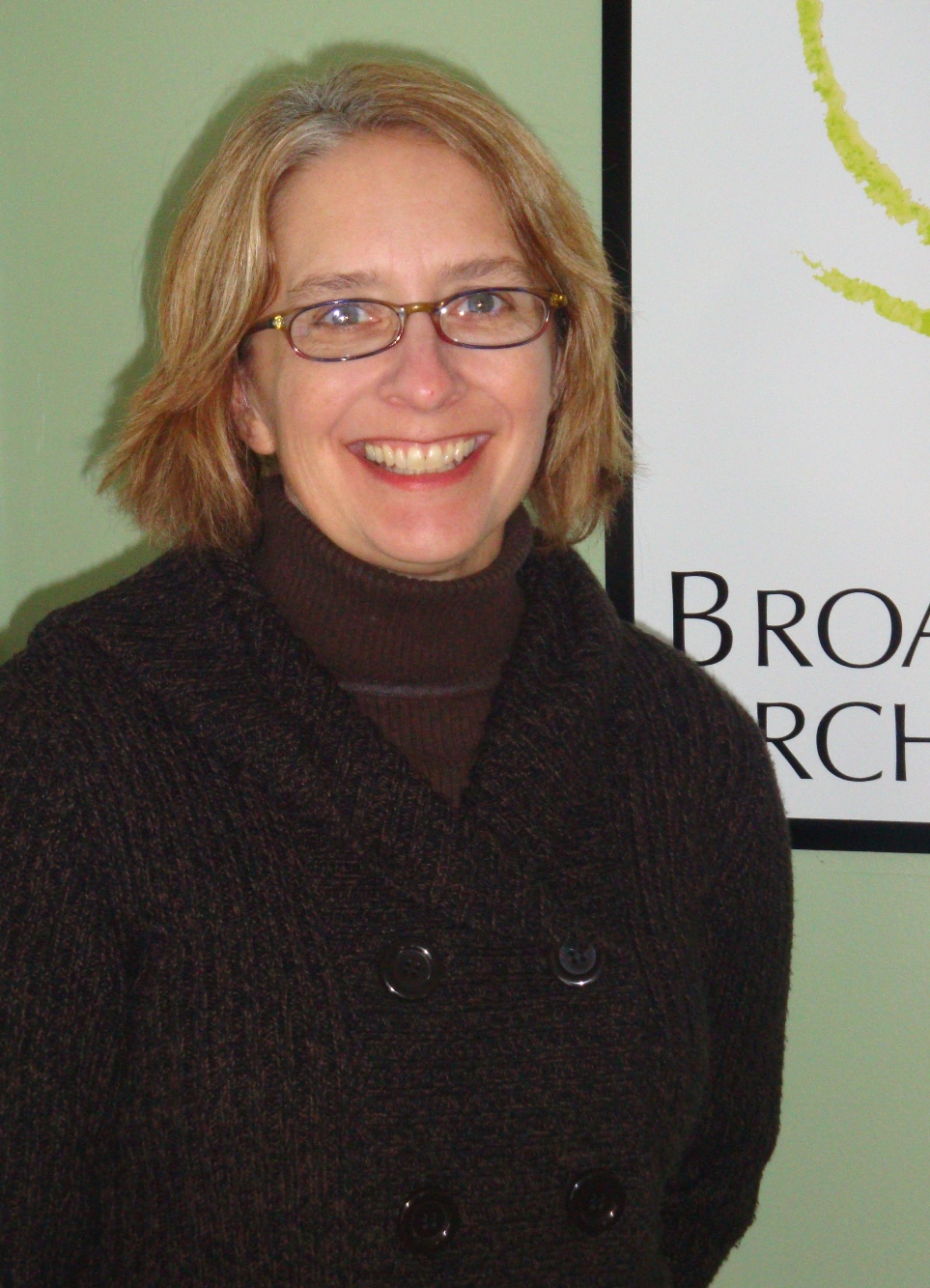 ADDRESS: 534 NW 4th St, Corvallis, OR
ADDRESS: 534 NW 4th St, Corvallis, OR
PHONE: 541- 753-2900
WEBSITE: www.broadleafarchitecture.com
OWNER: Lori Stephens
YEARS IN BUSINESS: 11
NUMBER OF EMPLOYEES: 1
WHAT THEY SELL: Architectural services, including design, construction documentation, historical renovations and additions, code compliance analysis, master planning, and Building Information Modeling
WHY YOU SHOULD GO: For personalized attention and innovative design, with an emphasis on adaptive reuse and sustainable design
Corvallis architect Lori Stephens believes that thoughtful design can make the world a better place. “I have had many clients tell me that our collaborative work has changed their lives for the better,” Lori explains. Working closely with clients is a high priority for Lori, and she is committed to creating memorable spaces that reflect the personality and lifestyle of the owner, as well as a sense of connection to the environment. An award-winning professional, Lori is also very committed to the Corvallis community, as evidenced through her volunteer service on local boards and her generous donation of professional design services to local non-profits.
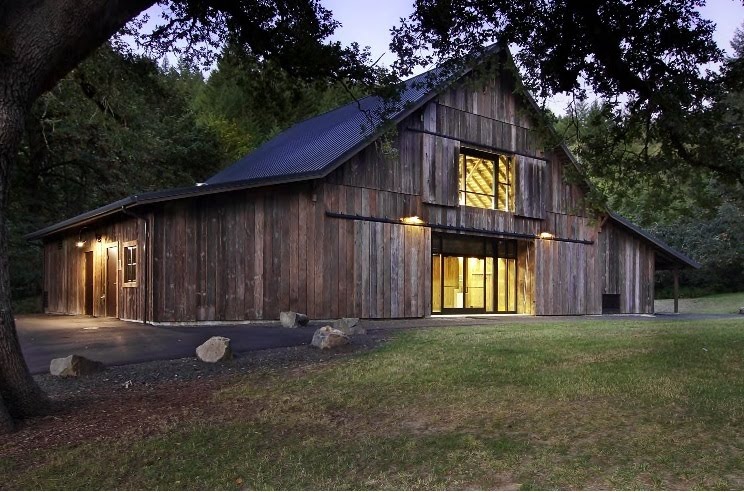
Lori, when and why did you decide to start your business? In college, I studied science. I got a BS degree in General Science, with a minor in Genetics, at the University of Oregon. But I quickly realized I didn’t want to clean test tubes in a lab. So I took a community college class called “Do What You Are.” It was designed to help students understand how to turn their passions into their professions. Reflecting on my life, I remembered that when I was young, I drew houses and created models of houses because it was fun. I also had an art background. It’s what I love to do. So that’s when I decided to become an architect.
I started my own business because I like design, and I felt that the firms I was working for didn’t provide the freedom to do what I wanted.
Tell us more about your services. What are your specialties and favorites? My favorites and specialties are residential remodels and additions. I’m trying to get away from commercial and new home construction. Building a new house consumes a tremendous amount of resources. It can also mean demolition of an existing structure with much of that structure going to the landfill. With remodels, the homeowner will come to me with their problem, and sometimes a potential solution. I will then model their idea on the computer, and also come up with additional design options that they haven’t thought of. Sometimes people think they need to add on to their homes, and I show them alternatives to creating an addition. Sometimes the space just needs to be reconfigured.
What does being featured as the Local Business of the Week mean to you? I just think it’s flattering. It’s nice to be a featured business.
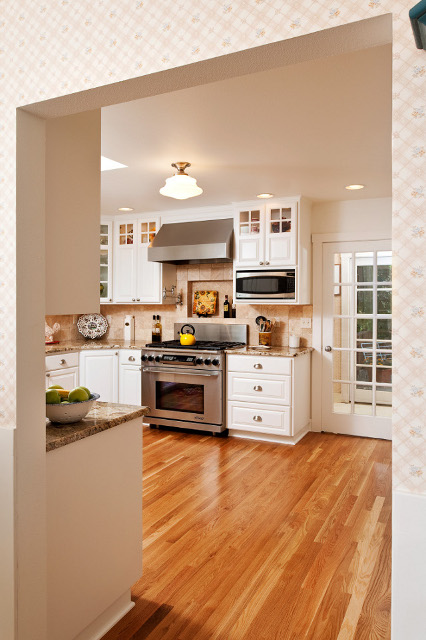
Does your business fill an unusual niche? Why should people patronize your business? When I do a remodel, I design it to fit in – to appear as if it belonged there all along. If someone’s driving by, they won’t be able to tell it’s a remodel or addition.
Also, I specialize in what I call “timeless architecture.” Fad design is not sustainable. If you do a design that people love and cherish, they won’t be so eager to remodel or tear it down. They’ll want to keep the house for a long time.
A huge difference between us and other designers and architects is our use of three-dimensional computer modeling software as a collaborative tool. Instead of being limited to working in two dimensions, the software allows us to sculpt space in all three dimensions. This may seem relatively straightforward, but to this day, many designers and architects still rely on two dimensional drawings to show clients their design. But people don’t experience space in two dimensions, so the computer model allows our clients to actually see the different designs in 3-D. At client meetings, we can also change the model quickly. If a client says they would like a door in a different location or a different roof line, we can change that before their eyes. This is what makes working with us a fun and collaborative process. Being able to “walk-through” a project before anything has been finalized is helpful in understanding how the space would look and feel, and making changes to the model during design meetings also helps to minimize any expensive changes down the road.
What challenges have you faced as an independent local business owner? The real challenge is the business end of it – trying to juggle getting bills out, having enough time to do design along with the business. I just want to design!
What do you feel is the impact of local independent businesses on Corvallis, and what does the future look like for the local independents? There are so many impacts! You feel like you’re part of a community when you support local independents, since you can get to know the shop owners. For my holiday shopping, I always go Downtown. When people think of the Downtown, I wish they would think of it as they would a mall. You can get everything you need Downtown, and there’s a sense of community that you don’t get with chain stores.
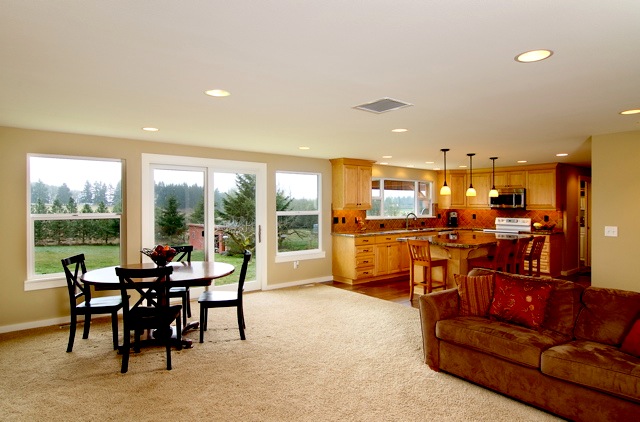
In terms of the future, there was a slump in my field during the recent economic downturn. But if you’re doing remodels, you probably didn’t notice it much. Designing remodels will continue to be steady business in Corvallis because of the Urban Growth Boundary.
What do you enjoy most about owning a local independent business in Corvallis? When it comes to design, it’s the flexibility to do the design I want – the freedom. If I was working for a big company, I’d have to have my design reviewed and tweaked, and it would not be as good.
What is your relationship to the community? What charities/nonprofit/civic organizations do you support or participate in? I don’t do a lot of commercial designs, but I pick and choose the projects I do. I designed the Beazell Forest Education Center and the new Monroe Library, and I did a master plan for the Benton County Fairgrounds, which included a “facelift” on the indoor arena. Recently, I helped with the project to relocate the old school building in north Corvallis to Owen’s Farm, and I’ll be designing the new Homeless Shelter in Corvallis.
I also serve on the City’s Historic Resources Commission, and I’m active with the Corvallis Homeless Shelter Coalition, DCA Design Committee, Citizens for a Livable Corvallis, and the Infill Task Force. For several years I led the Sustainable Building Network, and I’m a member of CIBA and the Sustainability Coalition.
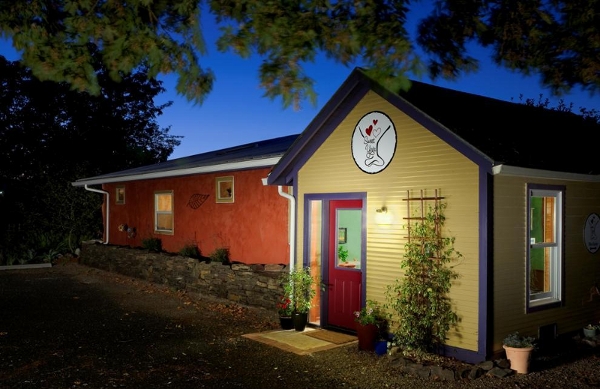
How important is sustainability to you and your business? Sustainability is very important to me. I focus on education because, when it comes to architecture, a lot of people think of the small details and not the big picture. Many people start from the premise that building a new home is necessary to meet their needs. Teaching my clients about sustainability often allows them to solve many of their problems with only slight design modifications to their existing homes. A new building is usually not the most sustainable option because you either tear down a building or build a new one on a remote lot that requires an increased commute.
Please give us your one-sentence take-away message about your business. At Broadleaf Architecture, our collaborative design process provides a great experience for our clients and creates timeless design solutions.
(Interview and article by Annette Mills – December 22, 2013)
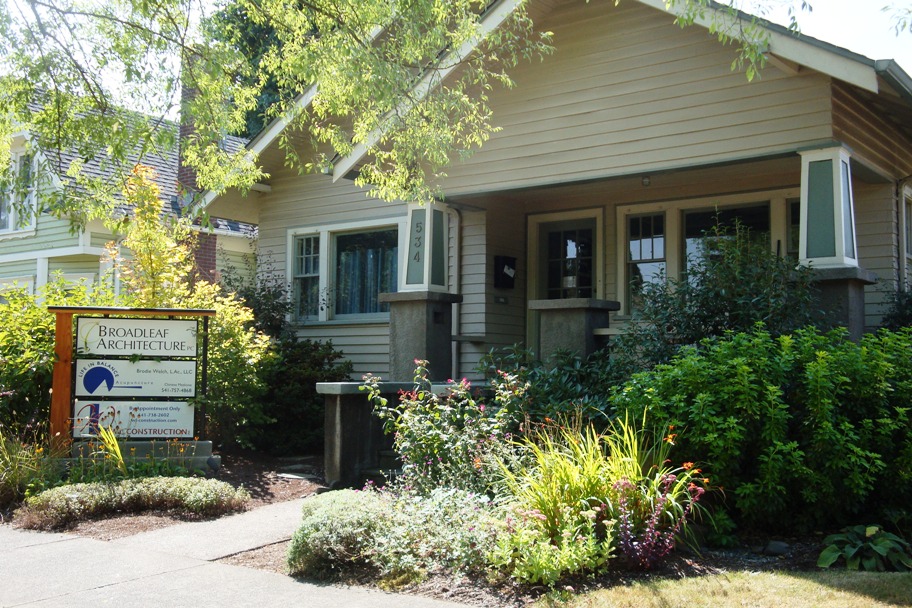
 The Local Business of the Week program is designed to help the Corvallis community identify our locally owned independent businesses by featuring one business each week. The program is part of the Buy Local First campaign co-sponsored by the Corvallis Sustainability Coalition and the Community Independent Business Alliance (CIBA).
The Local Business of the Week program is designed to help the Corvallis community identify our locally owned independent businesses by featuring one business each week. The program is part of the Buy Local First campaign co-sponsored by the Corvallis Sustainability Coalition and the Community Independent Business Alliance (CIBA).


